As hundreds of thousands queued long hours to see Queen Elizabeth II lying in state in Westminster Hall, there were faint echoes of Marina Abramovic’s installation The Artist Is Present (2010) – the work for which the Serbian performance artist is perhaps best known, in which she sat for three months at the Museum of Modern Art in New York while members of the public came to sit and stare. So the reappearance of Abramovic in the UK has a certain uncanny timeliness. ‘Gates and Portals’ marks the return of the artist both to Modern Art Oxford (the site of her performance Dragon Heads in 1990) and Oxford’s Pitt Rivers Museum, the collection of which played a role in the development of her trilogy of video performances, Cleaning the Mirror (1995). The exhibition also prepares the stage for a long-awaited retrospective at the Royal Academy next year.
Abramovic herself does not perform in ‘Gates and Portals’, explaining that her presence would be an obstacle to viewers’ full engagement with the work. Instead, the exhibition offers an opportunity to undergo a series of instructed exercises (no phones, no watches), guided by a group of Sci-Fi-lite ‘facilitators’ trained in the Abramovic Method (slow movements, black outfits, wide, unblinking eye-contact). Visitors become collaborative performers; moving through the gallery wearing noise-cancelling headphones, they are encouraged to think of their own shifting physical and mental states as moments of transition, akin to wellness-style meditation.

‘Marina Abramovic: Gates and Portals’, installation view at Modern Art Oxford (2022). Photo: Thierry Bal; © Modern Art Oxford
There are ‘Time Energizers’ – copper gateways topped with magnets, the first of which appeared in 2012 – and a large, illuminated portal made from selenite, through which visitors are led before being instructed to stand, sit, or lie down with their eyes closed for indefinite periods. ‘It’s very rare to experience silence and to stay in one place,’ Abramovic tells the exhibition curator Emma Ridgway in an interview published in the catalogue, though at some point ‘you pass through all of this to get to the sense of being truly present, when time doesn’t exist, and everything is gone.’ At their best, the exercises in this exhibition encourage a heightened sense of bodily awareness: the rhythms of one’s breathing, blood pumping through the hands and ears, the peculiar difficulty of trying to stand completely still. Whatever else they may be, Abramovic’s own performances are certainly feats of endurance. And yet, although one’s impulse is to linger, to see if anything will start to happen, the facilitators soon return to move you through the gallery.
Rooted in the artist’s interest in the religious and spiritual practices of a wide range of cultures, from the rituals of Aboriginal Australian communities to Tibetan Buddhism, ‘Gates and Portals’ does succeed in raising questions of control, self-consciousness and – perhaps most significantly – the failure to be fully tuned-in or attentive to the present moment. I can’t help thinking that, for many participants, the experience will be altered by the fact of having paid for entry – less a question of ‘What am I experiencing?’ than one of ‘Have I had my money’s worth?’
The exhibition also features a new film, Presence and Absence (2022), which documents Abramovic’s recent residency at the Pitt Rivers Museum, where she was drawn to work with objects of ritual and spiritual significance. In Presence and Absence, she stares into the camera as her hands hover above a variety of objects – a polished Anglo-Saxon mirror, an instrument for curing madness, a discarded, broken USB stick – feeling for its presence and its communicating power, ‘the object / At the exactest point at which it is itself,’ in the words of poet Wallace Stevens, ‘Transfixing by being purely what it is.’ When the camera cuts, Abramovic’s hands feel for the energy that lingers in each object’s absence.
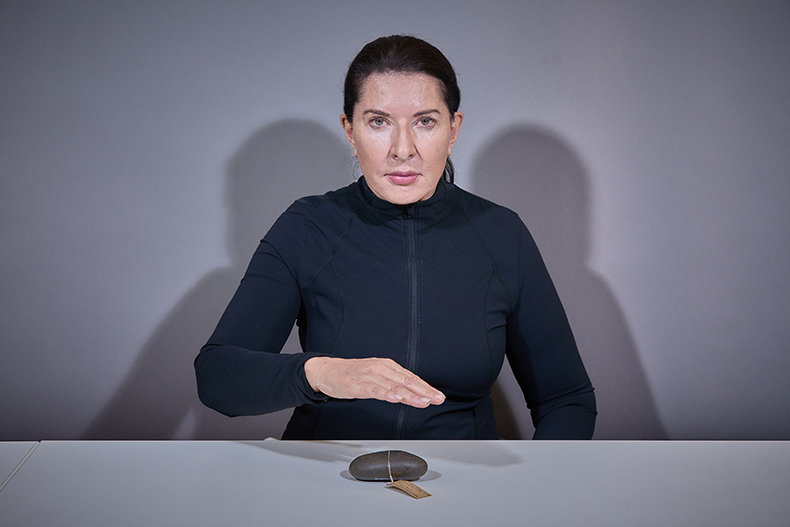
Presence and Absence (film still; 2022), Marina Abramovic. Photo: Tim Hand; courtesy the artist and the Pitt Rivers Museum, University of Oxford
The exhibition continues at the Pitt Rivers Museum itself, with a display that focuses on the artist’s interaction with a striking witch’s ladder. Whether deliberately or not, Abramovic’s collaboration with the museum prompts questions about the presence of the objects in the collection and their absence from their countries or communities of origin. Founded in 1884, the museum houses more than 500,000 items from across the globe. In recent years, it has come under scrutiny as conversations surrounding the repatriation of colonial artefacts gain increased momentum; earlier this summer, the museum approved the return of 97 objects to Nigeria’s National Commission for Museums and Monuments, a decision awaiting final assessment by the UK Charity Commission. The objects in the museum’s collection are inherently charged with the history of their acquisition, a powerful force that Abramovic’s new film seems to amplify, asking questions about how the nature of the items is changed by their presence in the museum.
‘Gates and Portals’ leaves behind some interesting thoughts about the shift of bodies, objects, and ideas from one state to another, but the exhibition ultimately suffers from Abramovic’s absence. Many will relish their opportunity to experience something of her trademark Method. But it is unlikely to convert those most suspicious of her consciousness-expanding brand of mindfulness and meditation.
‘Marina Abramovic: Gates and Portals’ is at Modern Art, Oxford, until 5 March 2023; ‘Marina Abramovíc @ Pitt Rivers Museum’ runs until 2 April 2023.









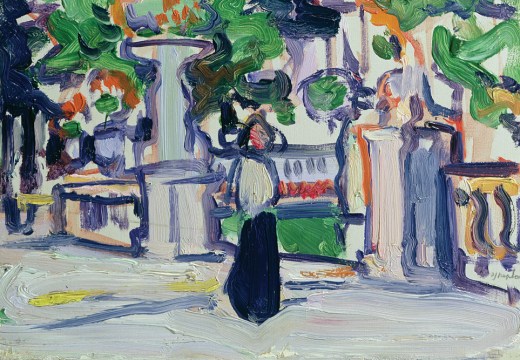
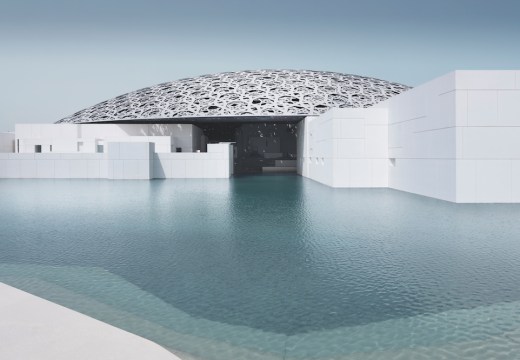
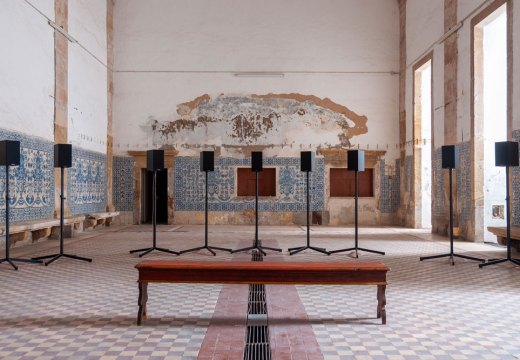
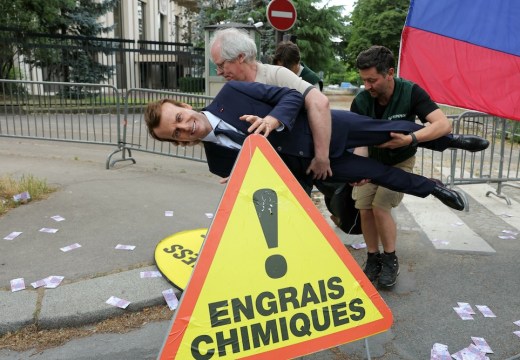
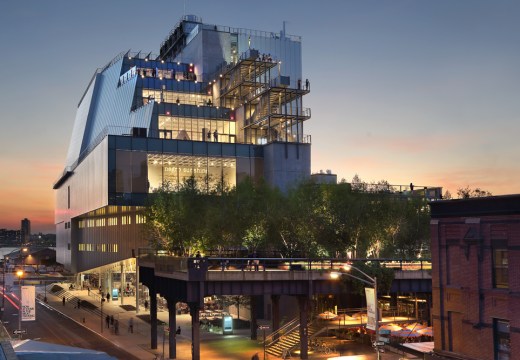
![Masterpiece [Re]discovery 2022. Photo: Ben Fisher Photography, courtesy of Masterpiece London](https://apollo-magazine.com/wp-content/uploads/2022/07/MPL2022_4263.jpg)
‘A revolutionary flame burned bright within him’: David Bindman (1940–2025)